Why Your ‘Green’ Skyscraper is Actually Killing the Planet? (The Ugly Truth) LEED Certification
- Dennis Asis

- Jul 22
- 3 min read
Updated: Jul 23
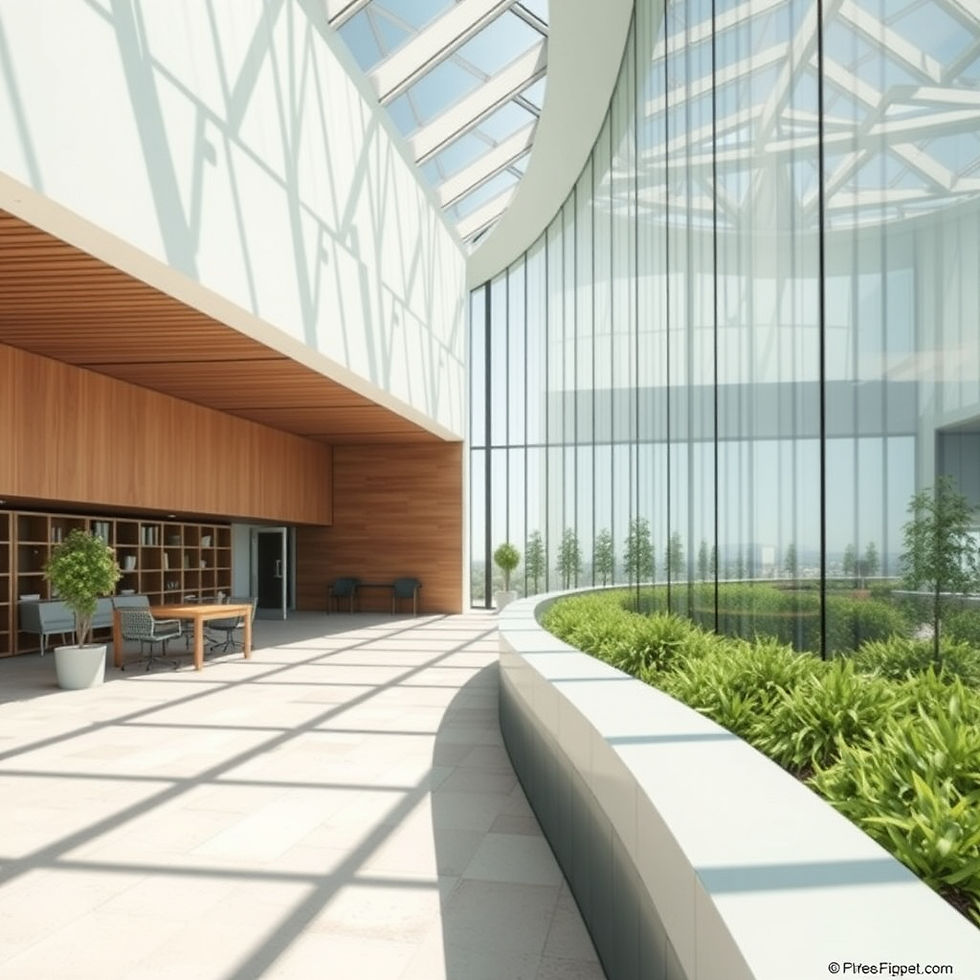
In recent years, sustainability has taken center stage in various industries, with architecture being no exception. The Leadership in Energy and Environmental Design (LEED) certification has emerged as a pivotal benchmark for measuring green building practices. But is this certification merely an expensive sticker that does little to promote genuine sustainability? Let’s dig into the nuances of LEED certification and the broader issue of greenwashing in sustainable architecture.
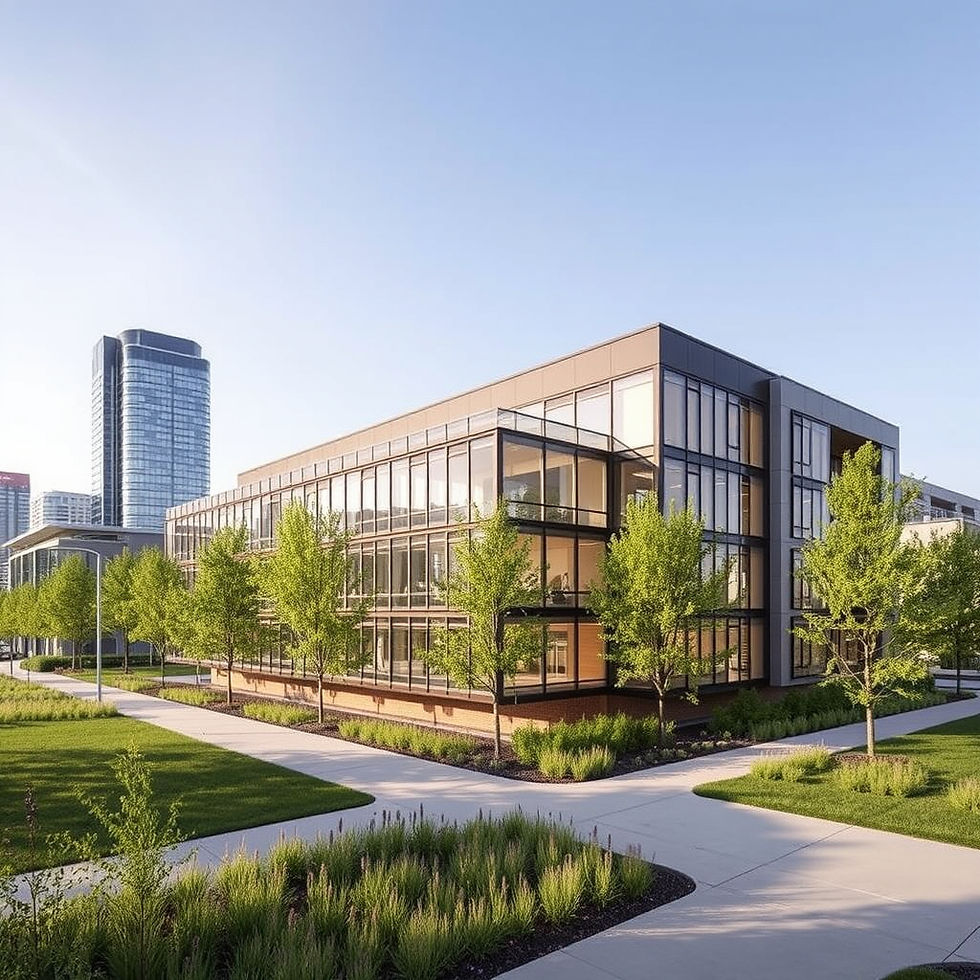
Understanding LEED Certification
LEED certification is designed to provide a framework for healthy, highly efficient, and cost-saving green buildings. However, the process can be time-consuming and costly, often requiring architectural firms to invest upfront huge cost So, the question arises: does this hefty price tag yield true benefits?
Many architects and builders strive to achieve LEED status to market their projects as environmentally friendly. However, this has led to a phenomenon where some buildings don’t genuinely embrace sustainable practices but instead focus on achieving the certification by only ticking boxes.
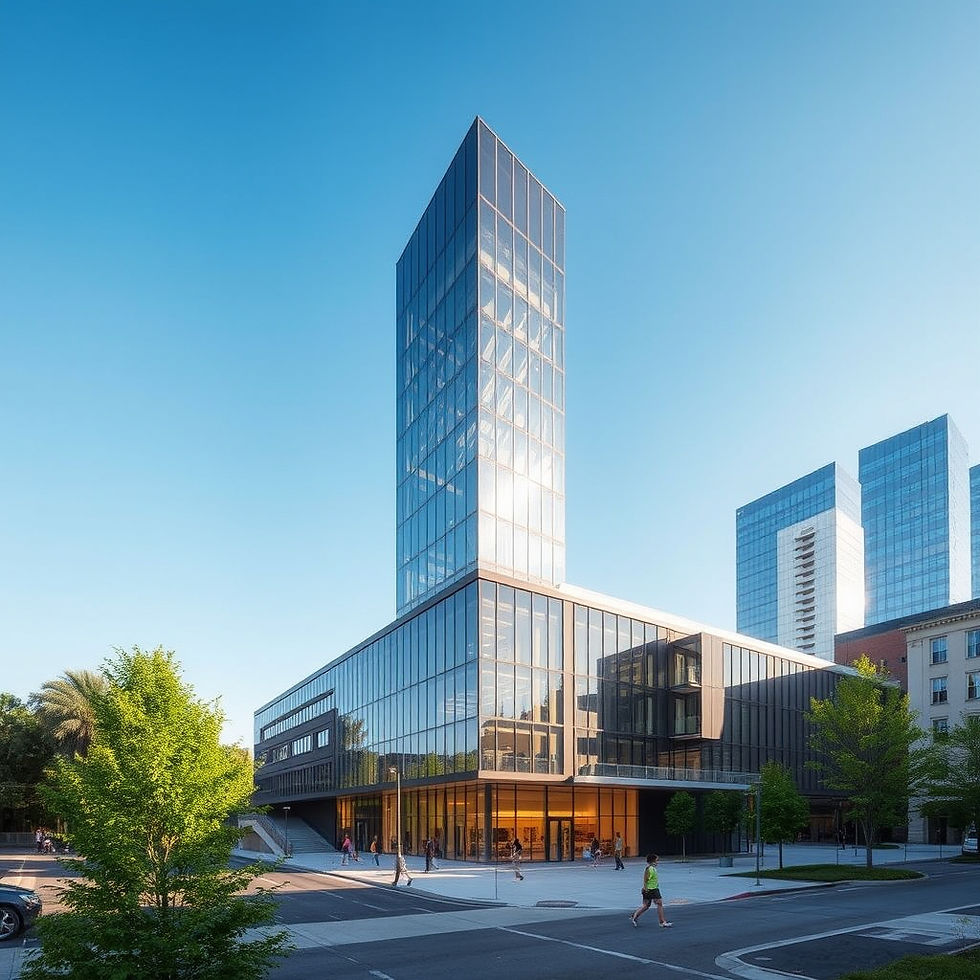
The Greenwashing Dilemma
Greenwashing—the practice of promoting misleading information about how environmentally friendly or sustainable a product or service is—has infiltrated architecture. Projects that claim to be green because they have earned LEED certification may not always uphold sustainable principles throughout their construction and operation.
For instance, a building might flaunt its LEED Gold status while still relying on non-renewable energy sources or neglecting water conservation measures. This disparity raises concerns about the true environmental impact of many certified buildings.

Unpacking the Value of LEED
So, does LEED certification deliver real value? The answer can be nuanced. On one hand, certifications can push developers toward cleaner practices, and the principles of LEED promote efficiency and reduce the carbon footprint of buildings. LEED also encourages the use of sustainable materials and promotes well-designed living and working environments.
However, the reliance on a certification system can give developers an easy out. Instead of striving for genuine sustainability, some may simply focus on achieving the points necessary for a green label while disregarding the core principles of sustainable design.
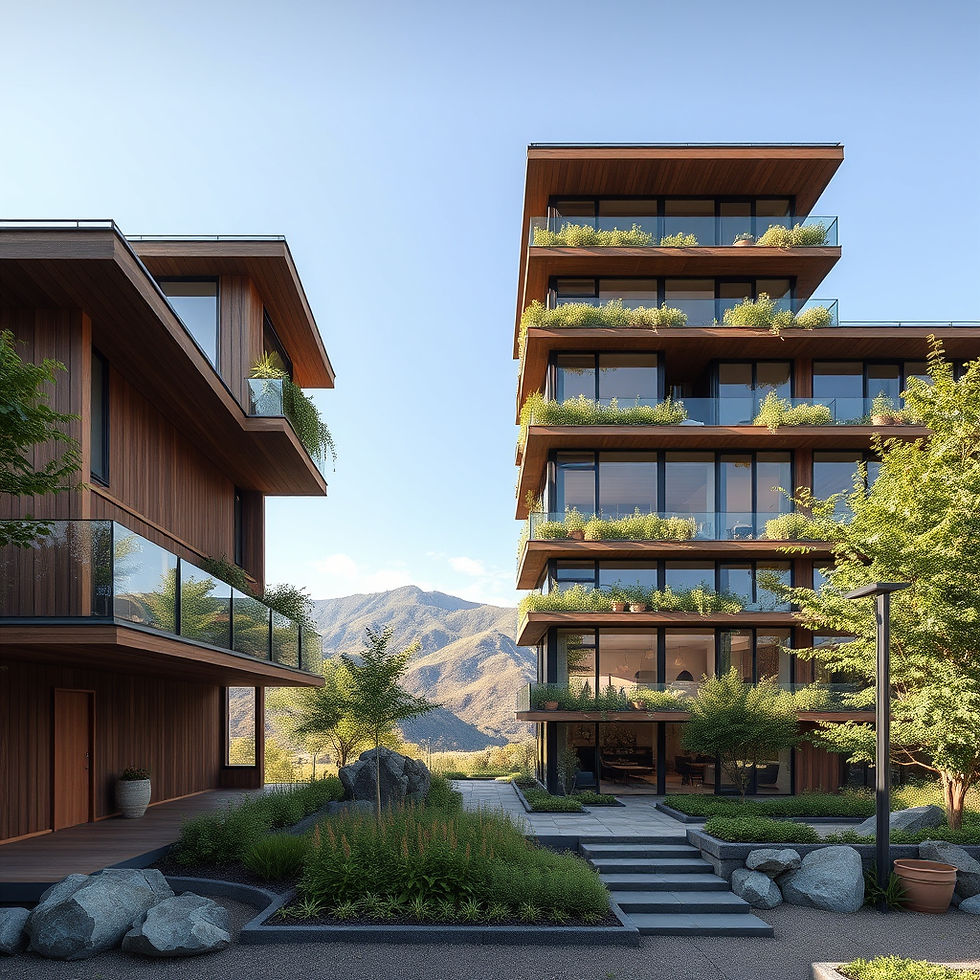
Alternatives to LEED
For those in the market for sustainable architecture, it’s important to explore alternatives to LEED that emphasize genuine environmental stewardship. Programs such as the Living Building Challenge or BREEAM offer frameworks that require more than just achieving points. They push for deep, meaningful sustainability that goes beyond the superficial.
Also, engaging directly with local communities can provide insights into truly sustainable solutions tailored to specific environments. By prioritizing local knowledge and ecological context, architects can go beyond the mere pursuit of certification.
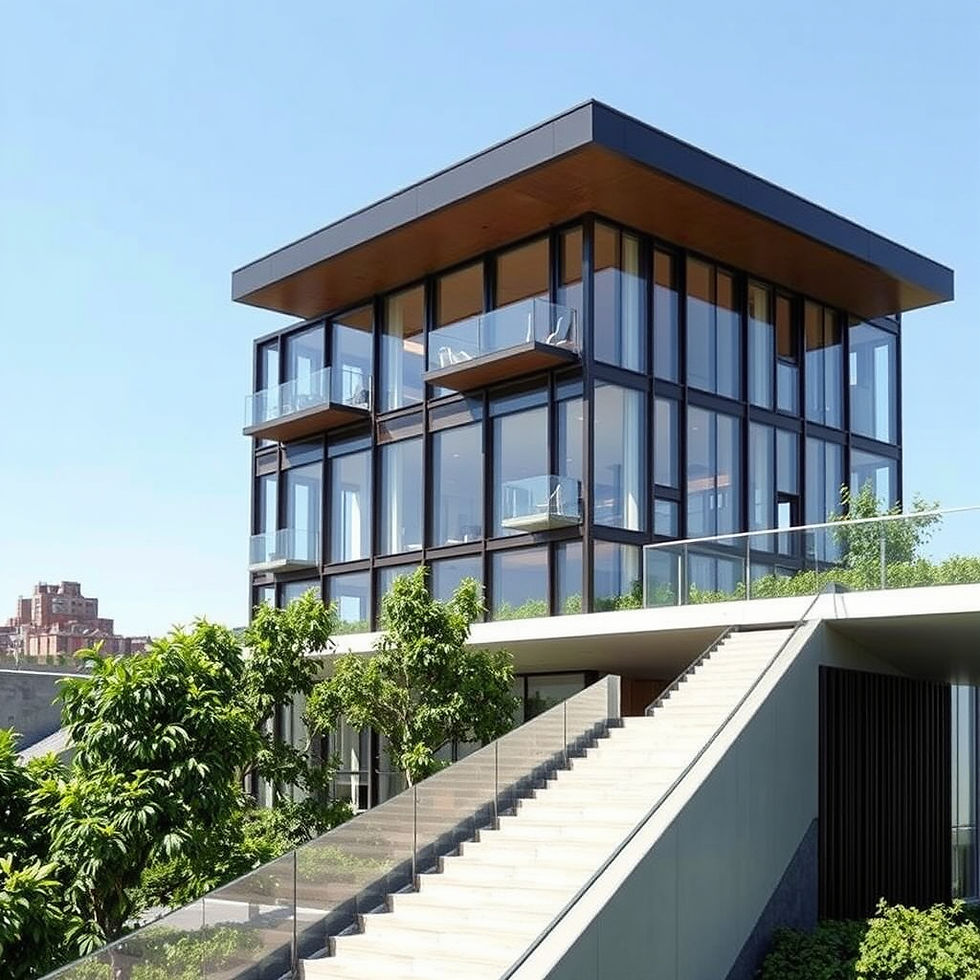
Conclusion
While LEED certification has its merits in promoting green building practices, the risk of it merely serving as an overpriced sticker for sustainable architecture cannot be overlooked. The construction industry must resist the allure of greenwashing and aim for genuine sustainability that goes beyond simply checking boxes for certification.
As consumers become more aware of these issues, they should demand transparency and authenticity from developers rather than passively accepting claims of sustainability. By doing so, we can all move toward a more honest and effective approach to sustainable architecture.
Head over to our Resource Section for more insights and useful references.





Comments